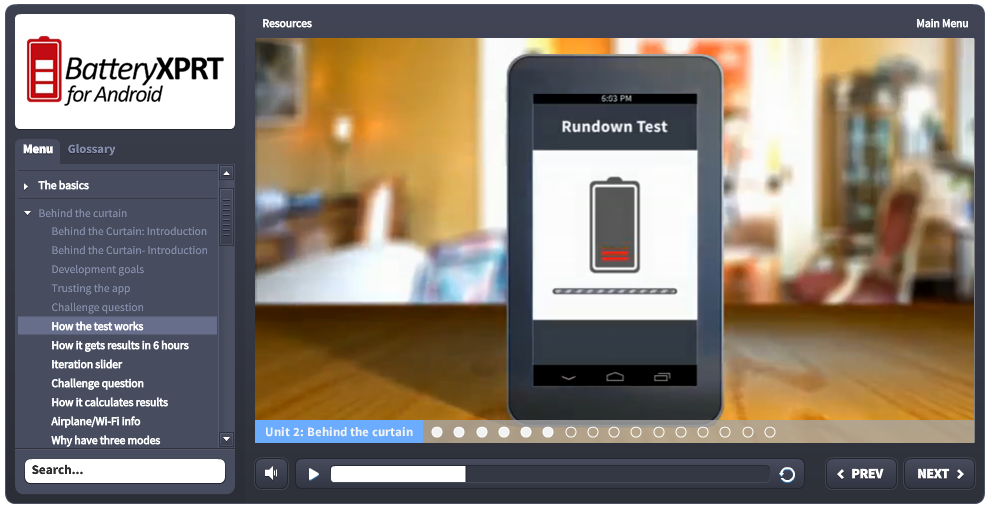Taking your courses to the next level is more than a catchy phrase; it’s a requirement in today’s highly competitive markets. It’s about improving the quality, engagement, and impact of your training. If you’re not using video to elevate your learning programs, you will quickly find employees, customers, and partners bored of text and slides and wanting more. Video is everywhere in our social lives, and it should play a key role in corporate learning.
You can be in a remote location with no wires or Wi-Fi, armed with only a pocket-sized phone, and you can still capture high-definition video and upload it to the Internet in a matter of minutes. You can edit on the fly, add titles, descriptions, even your GPS location, and broadcast the event using a text message.
As consumers, having high-quality video at our fingertips gives us the freedom to explore, create, and communicate in ways not possible just a few years ago. This use of technology continues to increase our expectations of how both people and organizations should communicate experiences and ideas.
 As learners, our expectations about information presentation have also naturally changed. We are rarely fully engaged by simple slides, bullet points, and static graphics. We want more visual stimulation and an experience that matches what we do in our everyday lives. Engagement is a key step in successful learning; a challenge in corporate education is to figure out how to use video to increase learner engagement.
As learners, our expectations about information presentation have also naturally changed. We are rarely fully engaged by simple slides, bullet points, and static graphics. We want more visual stimulation and an experience that matches what we do in our everyday lives. Engagement is a key step in successful learning; a challenge in corporate education is to figure out how to use video to increase learner engagement.
As in all good course development and design, we need to be disciplined about how we use video. Too much or poorly produced video can be just as detrimental to the learning experience as no video at all. During your storyboarding process, consider adding a design layer specifically for video, and use it in key areas where it’s particularly important to capture the learner’s interest and reinforce critical learning objectives.
 Don’t let cost be the deciding factor in your choice to use video. If your courses are not meeting the needs of learners, you might be wasting money on content that’s gathering dust. Developing video will almost certainly cost more than using standard graphics, bullet points, and voice-overs, but engaging the learner and improving knowledge transfer will quickly justify the incremental cost.
Don’t let cost be the deciding factor in your choice to use video. If your courses are not meeting the needs of learners, you might be wasting money on content that’s gathering dust. Developing video will almost certainly cost more than using standard graphics, bullet points, and voice-overs, but engaging the learner and improving knowledge transfer will quickly justify the incremental cost.
Video is making a huge impact on corporate learning. Its importance is one of the key reasons I joined PT. We believe so strongly in the value of video that we’ve invested in a full production studio team and built a 2,000-square-foot green- and white-screen studio to help us create for our clients the best quality video learning aids possible. If you’d like to learn more, check out our learning solutions overview video and a web-based training example.







